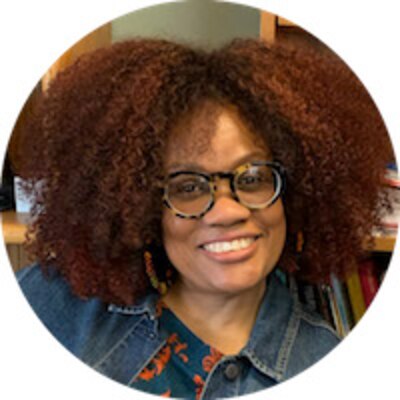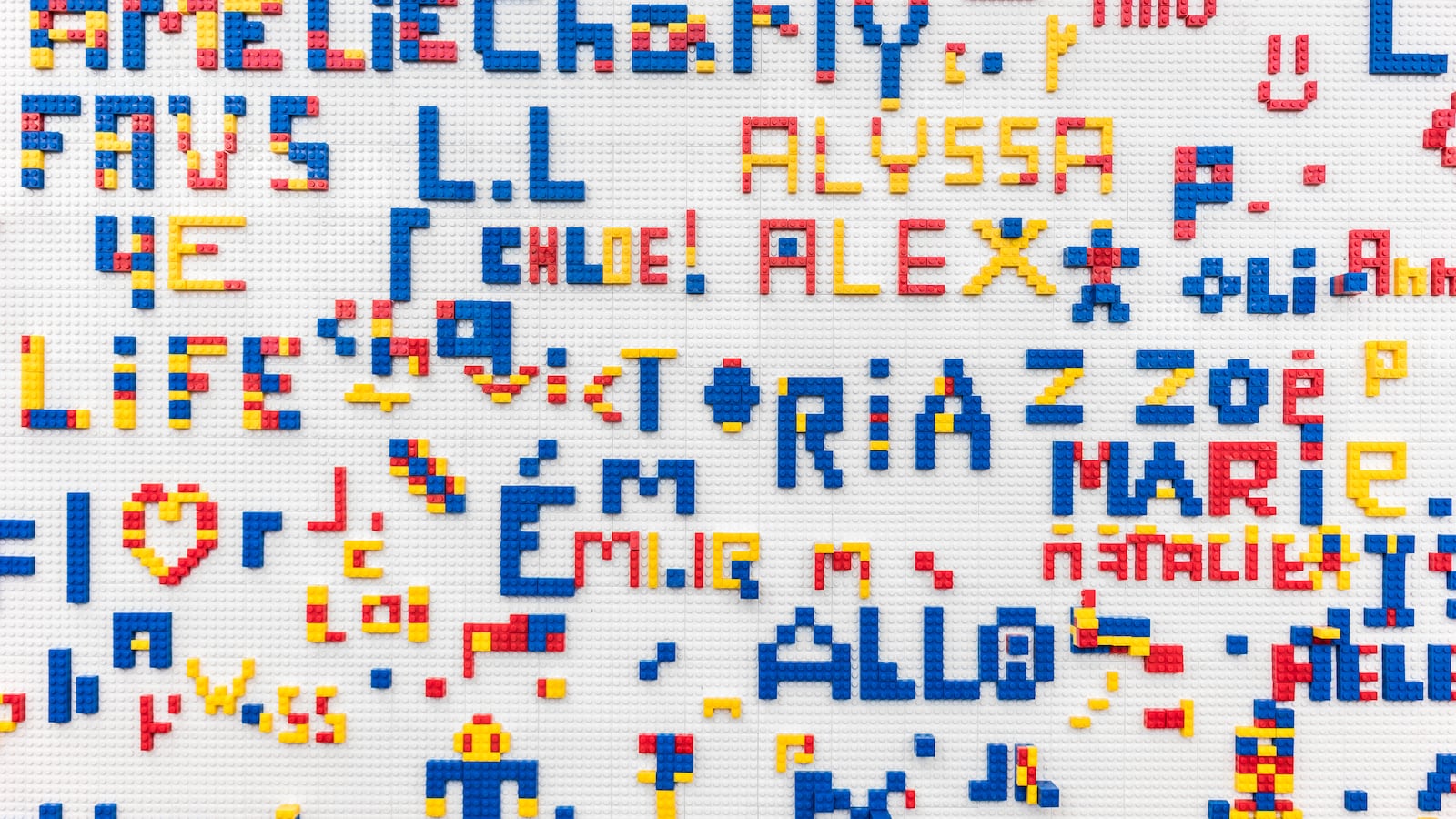
Carroll, Gregory, Dionne, Mario: When I was in fifth grade, my class roster included names that my teachers surely had seen before. Yet I can still recall the way they butchered mine. “Dionne” — pronounced Dee-OWN — had a least four variations that included Dee-On, Dye-Own, Day-On, and Dianne.
Whenever teachers mispronounced my name, it made me feel they had taken a shortcut and that the added step of learning the correct pronunciation wasn’t worth the effort. Which meant, to some degree, that I wasn’t worth the effort. I returned the favor by not participating in class or doing just enough to pass.
So I have always made remembering students’ names — and saying them correctly — a priority.
This hasn’t always been easy. When I was an English teacher at Brooklyn Technical High School, the total student population was a little over 5,000. I had 150 students spread throughout my academic schedule and because I also served as advisor to the sophomore class, I saw another 30 in student government meetings. Because the school is so diverse, I also encountered many names that were new to me.
As a strategy, I would repeat names ad nauseum for the first few days of school to get my brain to go into reflex mode. One trick I used was to place students with the same name or beginning initial in the same seat during different periods. That worked like a charm for me every time.
Walking down the hallway to travel between classes sounded like an Oscars acceptance speech as I made sure to say some form of “hello” to students I saw. One time, a colleague incredulously asked, “You remember all of their names?” My response, equally incredulous: “You don’t?” It was two days before the end of the marking period — a time when the year’s trust has already been built, or broken.
Granted, memory recall can fail to be effective if pronunciation is off. Or wrong. So I made sure to ask my students for help. Even if it took a few days for me to accurately pronounce every vowel and consonant, my students were generous and patient because of my sincere efforts. Freely admitting that I needed support demonstrated my willingness to cede any claims to omniscience and, as an added bonus, created an atmosphere where asking for help was seen as a strength and a necessity in a caring community.
Many of my students had cultural and ethnic backgrounds very different from my own, and public fumbling was a crucial part of my culturally responsive learning and teaching. Instead of viewing my struggles as a deficiency or a willful ignorance, students were encouraged to provide their own instruction to a curious and enthusiastic pupil — me. That instruction often included the origins and history connected to the name.
Those experiences are why now, during the trainings I facilitate for educators as a staff developer at Morningside Center for Teaching Social Responsibility, I lead participants through a name-sharing narrative on day one. My colleagues and I find that those conversations are rich and deep and definitely help to set the tone for the remaining four days.
Too often, though, comments educators make to me about student names show me they haven’t reckoned with their own biases. If I had a dollar for every time I heard an adult in a school make fun of a student’s name, I’d be in a different tax bracket. Adult responses to names with which they are unfamiliar range from indifference to disrespect. I’ve known teachers who gave their students nicknames as an out so that they didn’t have to bother trying to remember or say them correctly. I’ve also seen teachers laugh and question the aptitude of a family member or caregiver around their naming decision.
Those moments speak to cultural insensitivity. And when white teachers are dismissive or derisive regarding students’ names, there is an overlay of racist implications. Educators don’t need to understand why a student has a certain name; they simply need to know why it’s important for them to say a student’s name properly.
Poet Warsan Shire urges, “give your daughters difficult names. give your daughters names that command the full use of tongue. my name makes you want to tell me the truth. my name doesn’t allow me to trust anyone that cannot pronounce it right.”
For young people who are grappling with identity, hearing their name said correctly could serve as a tether between struggle and safe space. When a young person feels “seen,” it’s usually because the adult has taken time and care to build a bridge. Caring school staff who are committed to a young person’s well-being will grasp that the task of creating a joy-filled environment — one where learning can be a priority — belongs to the adults, and that a careful introduction is an important start.
Dionne Grayman is a trainer and staff developer at the Morningside Center for Teaching Social Responsibility. She began teaching English in 1994 and taught in schools across New York City, including at Rikers Island, Boys and Girls High School, and Brooklyn Technical High School.
About our First Person series:
First Person is where Chalkbeat features personal essays by educators, students, parents, and others trying to improve public education. Read our submission guidelines here.

